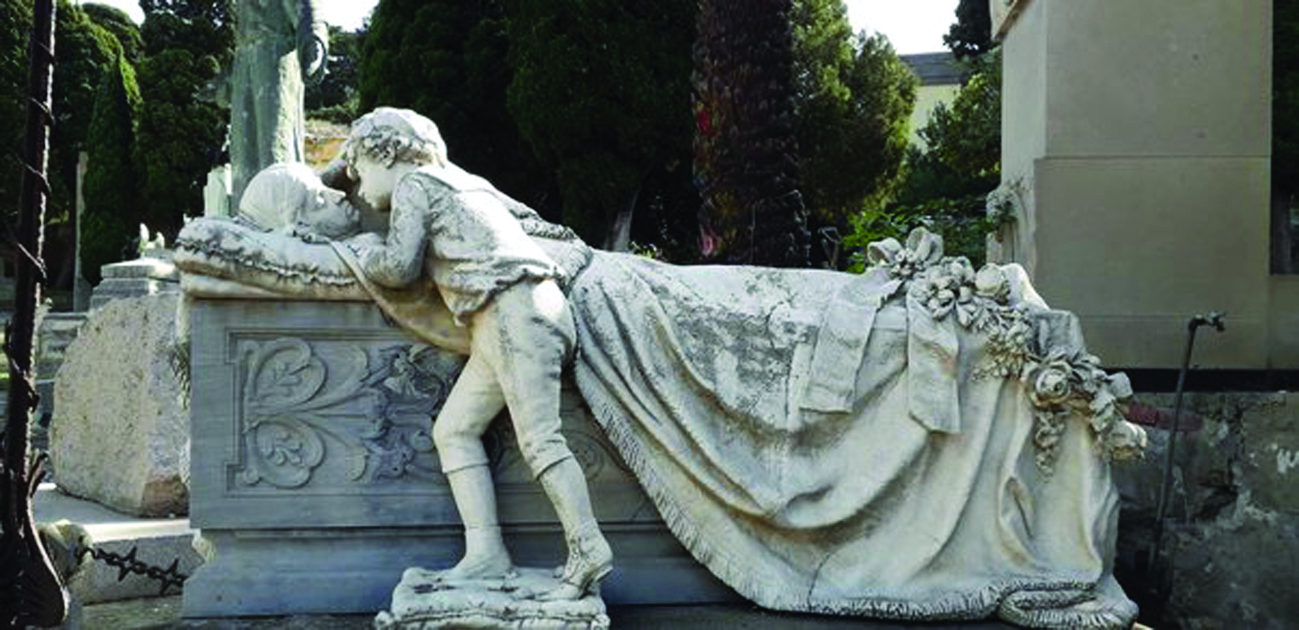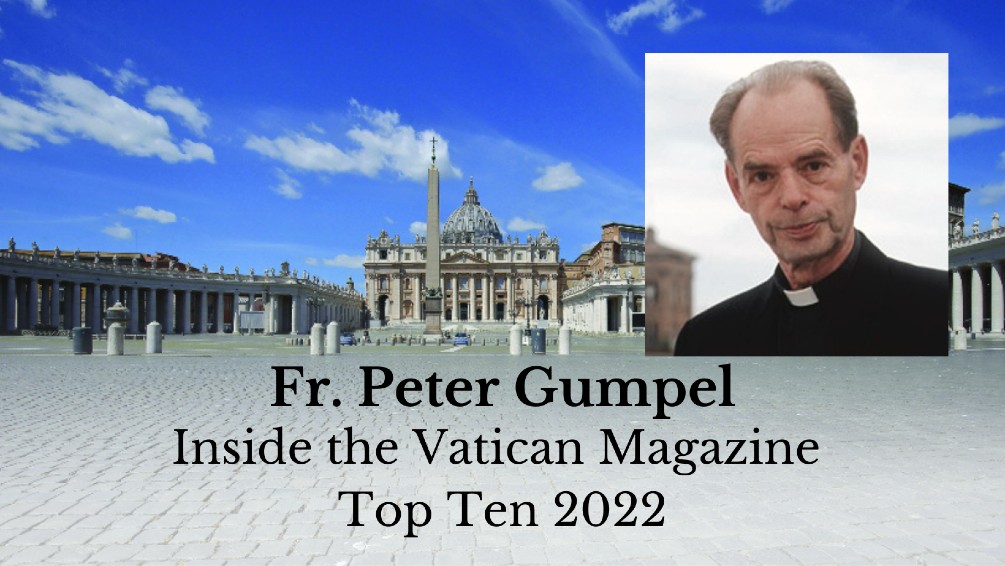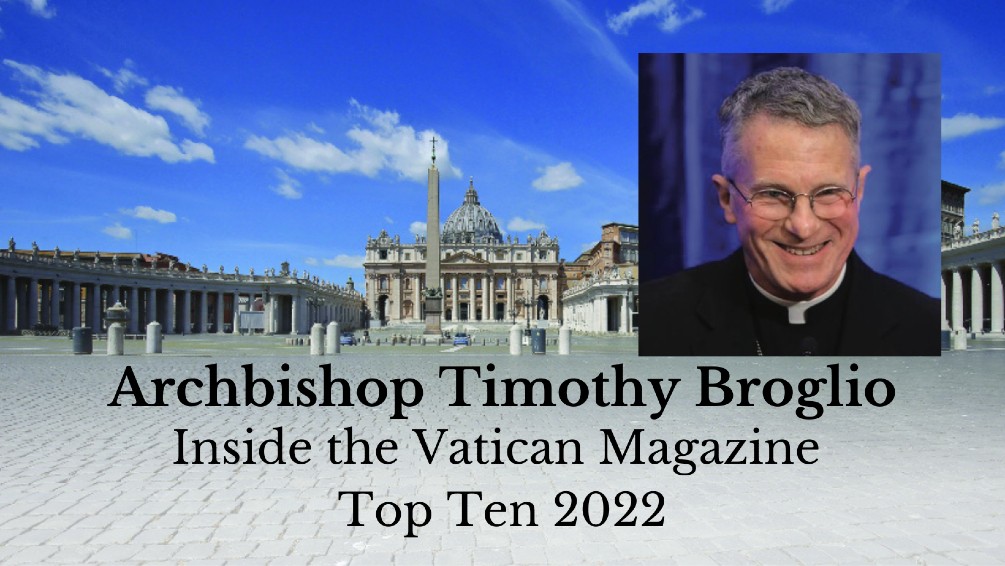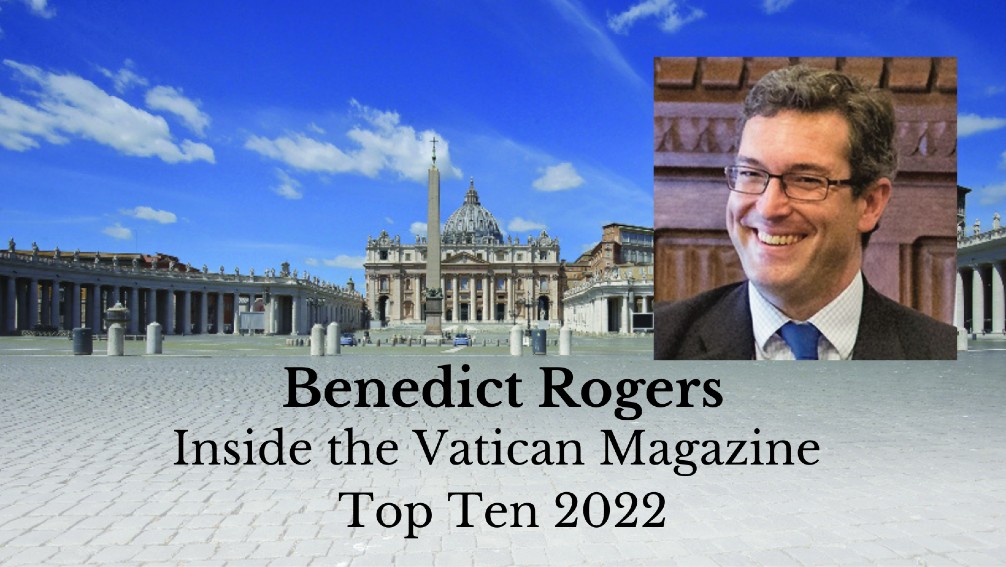When the Vatican newspaper L’Osservatore Romano asked Archbishop Beniamino Stella recently to describe the ideal profile of a student of the Pontifical Ecclesiastical Academy, where one studies to become a Vatican diplomat — which he directed until recently — he immediately answered: “Above all the man must have a solid priestly identity and his whole life must be characterized by ‘priestly goodness.’” According to Stella, now the Prefect of the Vatican’s Congregation for the Clergy, the Pope’s future ambassadors need to be above all good priests.
This is the spirit in which Stella has tried to run the Academy over the past few years.
Before entering his new role last year as Prefect of the Congregation for the Clergy, Stella was President of the Pontifical Ecclesial Academy. Those who know him know of the attentive and gentle spirituality he shows when guiding people. This is partly why Pope Francis has appointed him leader of the Vatican dicastery that deals with priests.
Beniamino Stella hails from Italy’s Veneto region, as does the new Vatican Secretary of State, Pietro Parolin. He was born on August 18, 1941, in Pieve di Soligo in the province of Treviso and the Diocese of Vittorio Veneto. As an adolescent, he met Albino Luciani (the later Pope John Paul I), who was his bishop from the end of 1958. In 1960, after he finished school, Stella moved to Rome where he joined the Roman Major Seminary and studied philosophy and theology at the Pontifical Lateran University. He was ordained a priest in 1966, served in the Diocese of Vittorio Veneto and obtained a degree in Canon Law.
By recommendation of Bishop Luciani he then joined the Pontifical Ecclesial Academy in Piazza della Minerva, the Vatican diplomatic school. In 1970 he began his service in the Nunciatures: first as Nuncio to the Dominican Republic, then in Zaire (known today as the Democratic Republic of Congo). In 1978 he was appointed Chargé d’Affaires in Malta.
His diplomatic career took him to Africa and Latin America, where he spent the years between 1983 and 1987 working for the Council for the Public Affairs of the Church. In 1987, he was appointed Pro-Apostolic Nuncio to the Republic of Central Africa and was also ordained bishop by John Paul II. At the beginning of 1989 he became Pro-Nuncio to Chad, and finally, in December 1992, he became Nuncio to Fidel Castro’s Cuba, where he remained until the spring of 1999.
The years he spent in Cuba were intense, marked by the creation of four new dioceses, a growth in Catholic publications and the reintroduction of Christmas celebrations — officially abolished in 1969 —until John Paul II’s visit to the island in 1998. Stella contributed immensely and yet discreetly to the improvement of relations between the local Church and the Holy See under the Castro regime. He always worked in close contact with bishops and immersed himself in the intense worship practices of the local community. When he left, Cuba’s bishops thanked “Beniamino Corazón” (Benjamin Heart) as he was called, without using any ceremonial words, for turning the Nunciature into “an open house for everyone” as the Bishop of Pinar del Rio, José Siro said during a farewell Mass.
After Cuba, Stella was appointed Nuncio to Colombia, where he served until 2007. His attention to the needs of the local Church was universally appreciated at a time of great turbulence in the country: Bishop Jorge Enrique Jiménez Carvajal, President of the Latin American Episcopal Conference (CELAM), was kidnapped by the Revolutionary Armed Forces of Colombia (FARC) and numerous priests were killed amid the violence that swept across the country. In 2002, FARC hit-men killed the Archbishop of Kali, Isaias Duarte Cancino, in an act of revenge for his strong condemnation of the atrocities committed by the guerrilla fighters. Some of those who attended the bishops’ funeral spoke out against President Andrés Pastrana. Stella intervened, saying the protest demonstrations showed a lack of respect for the dead man and “for the President and the institution you [the President] represent.”
In October 2007, having spent many years in Latin America, Stella was appointed by Benedict XVI as leader of the Pontifical Ecclesial Academy. Here, his priestly paternal nature and the first-hand experience he gained through his full immersion in the lively and varied lives of local Churches across the world, was appreciated by young priests at the start of their diplomatic careers.
Under his leadership, the Academy began to shed its image as a factory for career-focused clerics.
Stella said future Vatican officials had to “think and reason from the perspective of the universal Church.” This meant they had to read the newspapers, know what was going on in the world and keep up to speed with the issues that shake and involve our global society. But above all, they were asked to cultivate their own priestly spirituality, recalling that “careerism is a form of leprosy,” as Pope Francis told the Academy’s students.
“When the secretary or Nuncio of a Nunciature does not follow the path of sanctity and allows himself to be swayed by the various forms of worldly spirituality, he makes a fool out of himself and becomes the laughing-stock of everyone,” the Pope said.
For Stella as for the Secretary of State, serving the Holy See with loyalty and discretion has always been just one of the ways in which one exercises his priestly spirituality.
This is clearly what Francis looks for when he needs to choose the people whom he asks for help and collaboration in the service of Christ’s Church.
—Gianni Valente







Facebook Comments